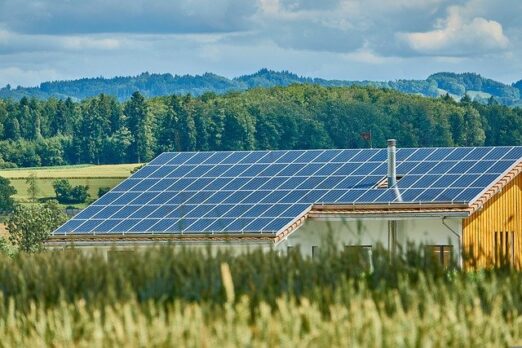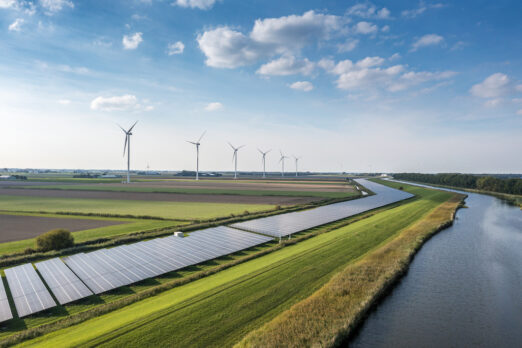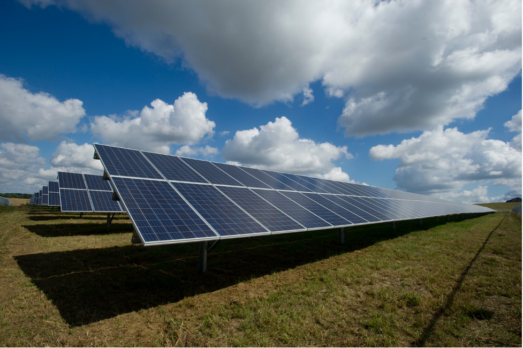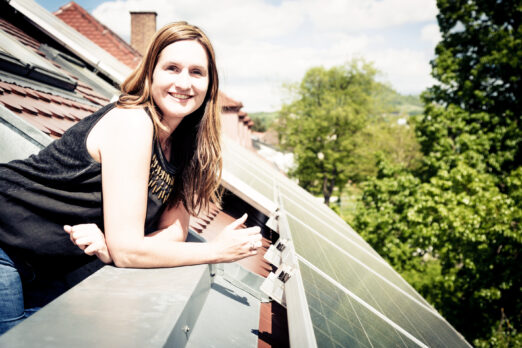
The intensity of extreme weather events this year is continuing to shatter records with Hurricane Ian wreaking havoc and cutting off power to more than 2.5 million customers, and Hurricane Fiona shutting down power across Puerto Rico during a major heatwave.
A few months ago, record-setting heatwaves stretched from Asia to the United States to continental Europe and the UK. This year may top 2021 when about 350 million people were impacted by major power outages resulting from extreme weather to power supply challenges. All of these put unprecedented strain on the electrical grid.
While hardening our grid infrastructure to withstand new extreme weather is essential, we also need to look at additional ways to adapt. One way is through more localized generation and distribution of renewable energy to enhance grid reliability and resiliency. Microgrids add a level of resiliency to the grid by continuing to operate during a main grid outage. Since microgrids operate in smaller sections, they are more responsive and can be restarted more quickly after an outage.
Babcock Ranch, a community 12 miles northeast of Fort Myers that gets all of its energy from solar power, had no loss of power from Hurricane Ian. The community’s solar array generates more power than the neighborhood of 2000 homes uses.
Distributed Energy Resources (DER) and microgrids can supply electricity on a small scale to local communities during a disaster. With DER, electricity is generated by consumers through rooftop solar or wind power. They can use what they need and sell excess back to the grid. They can store energy in batteries to ensure power is available when solar is not available. Electric vehicles (EV) can also store excess energy in their car batteries which can be used in an emergency.
While there are technological challenges for utilities to integrate renewable energy from DERs, as more DERs become part of the grid, utilities are observing improved consumer-level resiliency, lower system losses and reduced demand charges.
Learn more about how utilities and cities are using real-time data analytics to create sustainable communities and a grid that’s resilient and ready to bounce back after a disaster in the report: More Intelligence and More Possibilities: How Real-Time Data and Analytics are Transforming Utilities and Cities: An Itron Resourcefulness Insight Report.

Generating electricity requires a huge amount of water. We use fresh water to mine and burn coal, frack and pump…

2023 was a bleak year for the climate, with the hottest temperatures on record. But it was also a year…

With the increasing frequency of climate-related disasters, our children are growing up in a changing world. This is a growing…